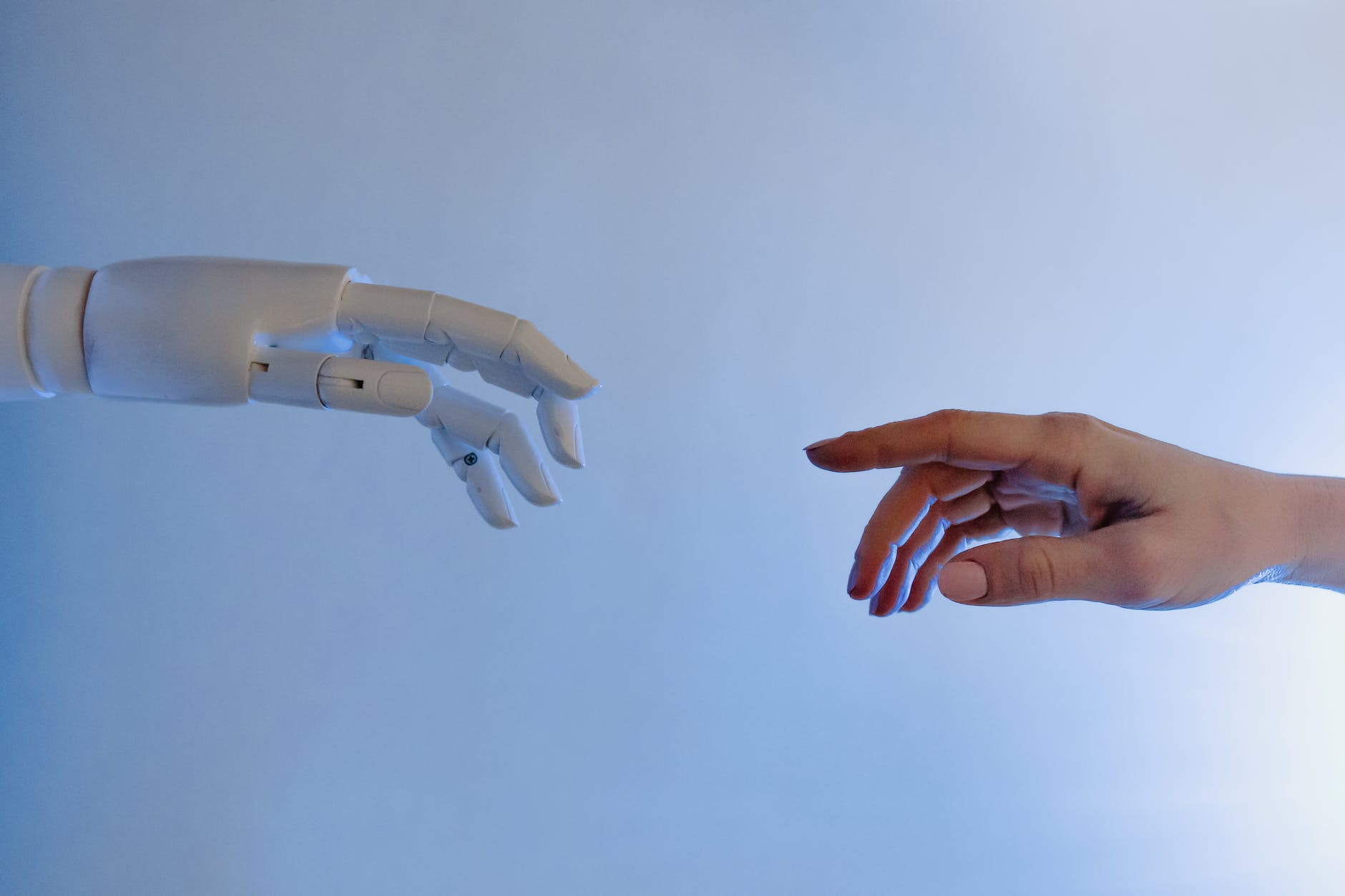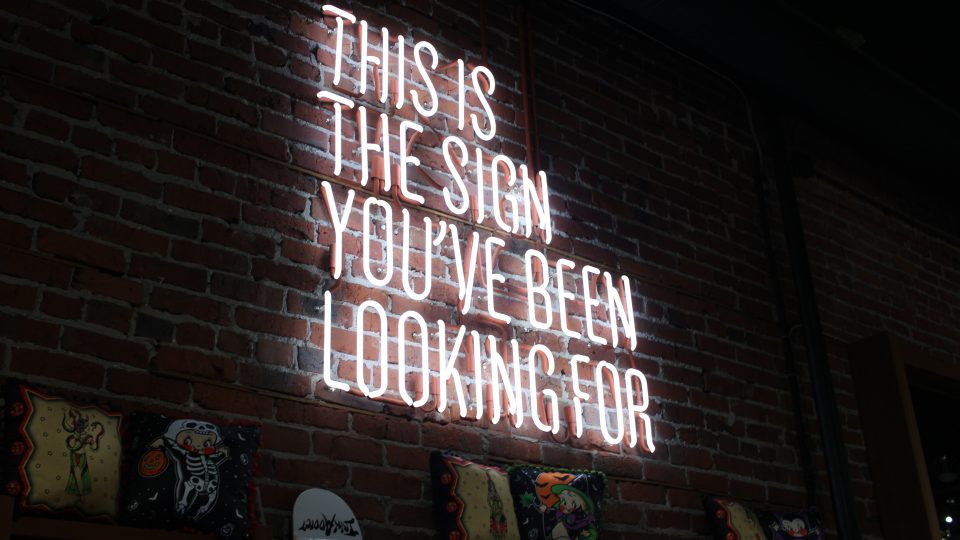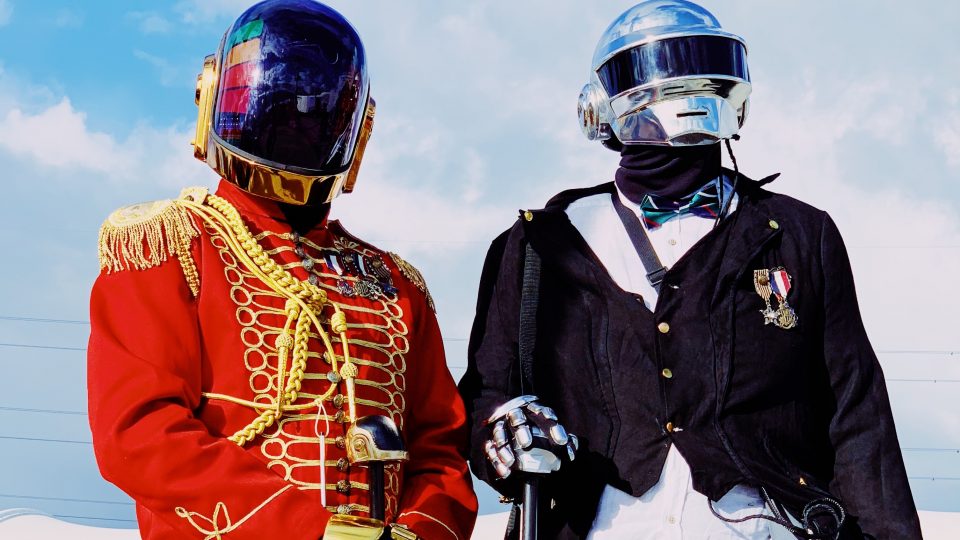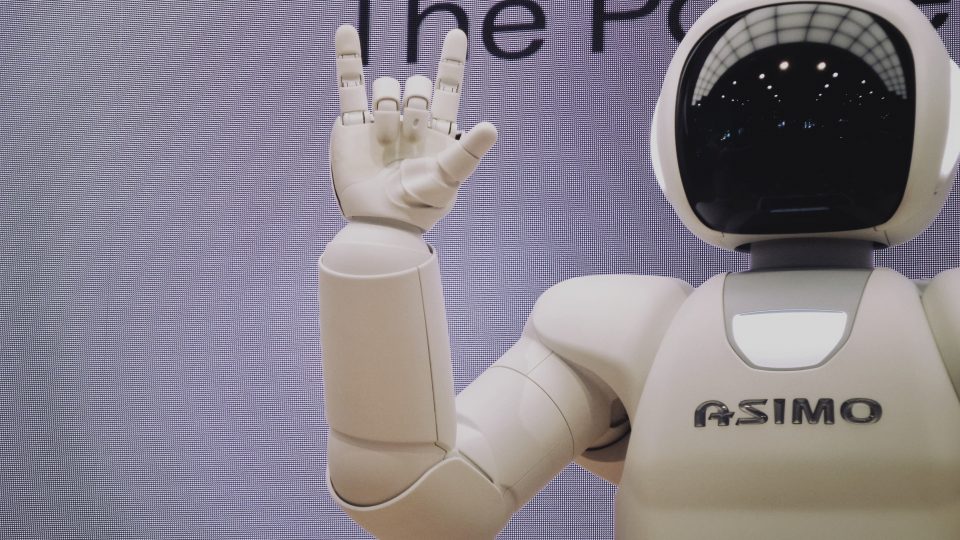Category: News
-

The Art of Artificial Intelligence
How far has AI come? Have you ever wondered what an AI-created recipe would look like? Or read an article about a machine learning algorithm that was able to write its own suspense novel? The world of artificial intelligence has been steadily unfolding over the past few years and there have been some truly fascinating…
-

The Starving Creative
Photo from Unsplash by Austin Chan This needs to be said; we are living in a day and age where we have no creativity, no originality, we are living in a day and age where creatives are being rejected if they do not spew the same propaganda. Its is usually, same story, different character, and…
-

Speaking My Language
Photo from Unsplash by Ehimetalor Akhere Unuabona Despite the fast paced changes of society in recent years, that can be seen as both negative and positive; there is something to be excited about: the race to space. For years, the space industry has been focused on researching and understanding different galaxies beyond our universe. However,…
-

IAutism
Photo by Possessed Photography on Unsplash Can artificial intelligence be the next leading advancement for those with disabilities? In the year 2021, the world has progressed to help accommodate those who operate in a nuerodiverse manner in society. In fact, progress still continues to this day to help improve their lives from therapy to advanced…
-

Socioeconomic Disparities in Second Language Education in the United States
Photo by Matt Hoffman on Unsplash With the rise of the travel industry as well as the interest in modern languages, we can anticipate a drastic increase in multilingualism in the nearby future. According to iLangugues.org, 60% of the world identifies as bilingual/trilingual/multilingual while the remaining 40% identifying as monolingual in predominately English-speaking countries. With…
